Indiana public schools have reported an estimated 44% increase in homeless students from the 2020-21 to the 2023-24 school years. This mirrors a national trend, with youth homelessness rising by an estimated 32% across the United States.
Much of our data originates from the Department of Education, which under the McKinney-Vento Act of 1987, defines homeless children as “individuals who lack a fixed, regular, and adequate nighttime residence.”
Breaking the cycle of chronic homelessness, community leaders and advocates say, must start by supporting youths who don't have a place to call home. Without early intervention, the trauma of being homeless — both physical and emotional — can leave lasting scars on individuals and ripple effects throughout our communities.
“It was nightmarish,” Victor Hutchinson of Indianapolis said of his childhood spent bouncing between homeless shelters and staying with friends alongside his mother. Now 24, Hutchinson is a participant in Outreach Indiana — a local nonprofit working to equip and empower young Hoosiers between the ages 14–24 experiencing homelessness.
For many Hoosiers, youth homelessness is an invisible issue. It’s often hidden, undocumented, and underreported. And it looks very different from adult homelessness.
Homeless youth may sleep on the street one night and on a friend’s couch the next. This kind of intermittent homelessness makes it harder for them to qualify for state assistance programs, which often prioritize chronically homeless adults.
How many homeless kids does Indiana have?
The IndyStar estimates there were 22,114 homeless students (Pre K-12) in Indiana during the 2023-24 school year.
The most recent count represents a 44% increase from the five-year low of 15,373 in 2020-21 school year.
Of Indiana's homeless students, 28% of lived in Marion County in the 2022-23 school year, according to SchoolHouse Connection and Poverty Solutions at the University of Michigan
What are the leading causes of youth homelessness?
Youth homelessness is fueled by a range of factors, including family breakdowns, forced evictions, and cultural beliefs that turning 18 marks the end of parental responsibility, often forcing young adults out of their homes.
“I always felt like I was on the journey by myself, because we didn’t have adults around us who could give us proper guidance, they didn’t know what to do," said Trinity Hopkins, a 24-year-old local author and current Outreach participant. "So how could I expect them to teach me?”
How does homelessness affect academic performance?
Homeless students consistently fall behind their housed peers in academic performance. For example, only 57% of homeless students were proficient in third-grade early literacy assessments, according to the Brightlane Learning Homeless Education 2024 Report. That's 1.4 times lower than the 82% proficiency rate among housed students.
Several factors contribute to this gap:
Lack of quality sleep, which is essential for a child’s development and learning.
Higher rates of serious health issues, such as asthma, which affect nearly twice as many homeless students compared to their housed peers.
Food insecurity, with homeless students having reduced access to nutritious meals and being twice as likely to skip breakfast.
How does summer break affect homeless kids?

“Food insecurity is further exacerbated during the summer months, as many students rely on school for guaranteed meals like breakfast and lunch,” said Barbara Duffield, Executive Director of SchoolHouse Connection, a national nonprofit focused on ending homelessness through education.
Loss of safety and structure: According to the Department of Education, nearly 80% of homeless students are “doubled up,” meaning they share housing with others due to economic hardship. Constant movement makes it difficult to maintain stability.
Missed learning opportunities: Homeless students often miss out on summer enrichment programs, especially when they move between school districts.
College students face renewed homelessness: Many campuses close dorms during summer, leaving unhoused students without shelter.
“They come back to Indy, for example, and they are homeless again,” said Andrew Neal.
Indiana youth homelessness by county
Who is most affected by youth homelessness?
Statewide data reveals a troubling racial disparity: According to SchoolHouse Connection and Poverty Solutions at the University of Michigan, Black or African American students made up 31% of homeless students in Indiana (2022-23), despite representing only 11% of the overall student population. This overrepresentation reflects broader systemic inequities.
African Americans are disproportionately affected across all categories of homelessness in Indiana, highlighting the urgent need to address racial bias and structural barriers in housing, education, and social services.
What percentage of Indiana kids live in poverty?
How do we end youth homelessness?
Allow minors to apply for health insurance independently, such as Medicaid, without requiring parental consent.
Eliminate racial disparities in housing, including discriminatory evictions, loan denials, and high housing costs.

Repeal laws that criminalize homelessness, shifting the focus from punishment to support.
Intervene early in a young person’s housing crisis to prevent long-term or chronic homelessness in adulthood.
The Public Policy Institute at Indiana University emphasizes that to curb the rise in youth homelessness, the state must strengthen programming for unhoused youth. This includes allowing unaccompanied minors to access healthcare, addressing racial inequities in housing, and, most urgently, ending the criminalization of homelessness.
Currently, laws in Indiana make it illegal for people without homes to do basic things like sleep outside, sit in public spaces, stay in their cars, or ask for help. These laws can result in tickets, fines, or even arrests — punishments that only deepen the struggles of young people trying to survive. If we got rid of these laws, homeless youth could rest safely, get the help they need, and look for jobs without worrying about getting in trouble for trying to survive.
Why you should care
Beyond the human cost, criminalizing homelessness is also financially inefficient. A national study found that placing a homeless youth in the criminal justice system for one-year costs $53,665, compared to just $5,887 to permanently move that same youth off the streets.
The Indiana University Policy Institute found between 2021 and 2023, Indiana’s corrections spending nearly doubled, from $849 million to an estimated $1.7 billion.
What are other cities doing?
Other cities have found success with more compassionate approaches. In 2015, Milwaukee County launched a Housing First Initiative, providing housing without preconditions. The results were dramatic: municipal violations dropped by 82%, and the homeless population fell from 1,521 to 900.

“If we truly want to address street homelessness, we need to focus more on upstream factors, cutting it off at the source, when a young person first becomes unhoused,” said Neal of Outreach Indiana. "The longer a youth remains on the streets, the more trauma they experience and the more likely they are to face long-term, chronic homelessness.”
How is Outreach Indiana impacting homeless youth?
Fortunately, organizations like Outreach Indiana are already doing the groundwork, offering essentials like fresh clothes, hot meals, showers, and a safe, welcoming space for youth in need.
“I feel like this is a safe home for me… and I come here every chance I get. I wish they had housing because I would literally live here. You can tell they put love into it. Even if it’s a bad day, you wouldn’t know,” said Trinity Hopkins.
But Outreach goes beyond the basics. They help youth build futures.
“If you need anything — literally anything — they’re willing to help. They paid for my for-hire exam so I could start driving commercial vehicles (CDL),” said Victor Hutchinson, who recently started working at a moving company with Outreach’s support.
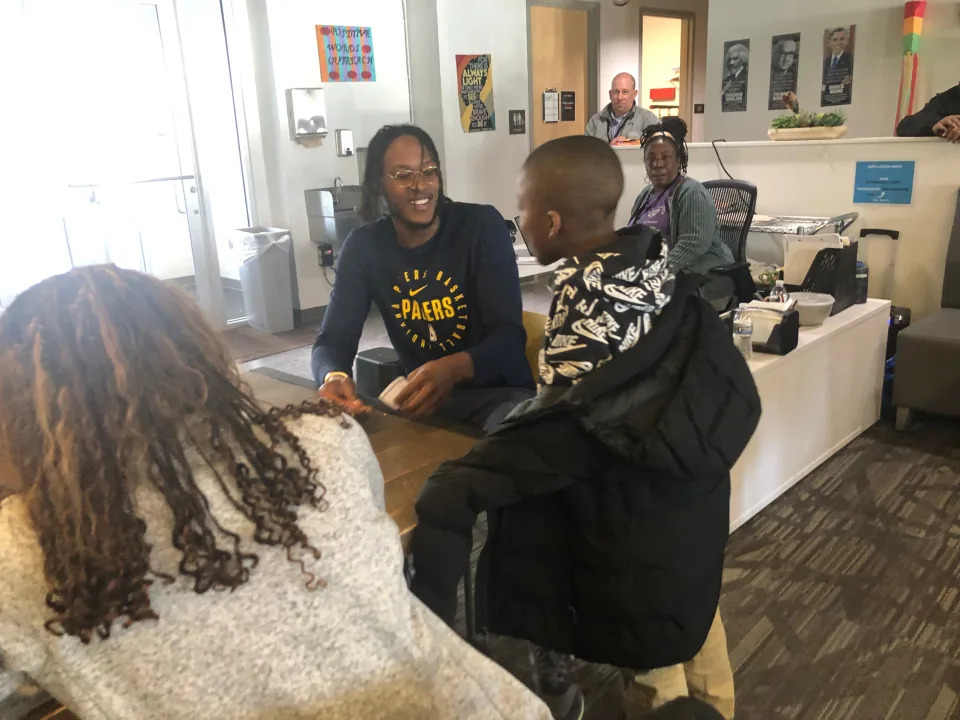
His advice to other young people facing homelessness is simple but powerful.
“It takes a lot of patience, so just endure. Endure all of it," Hutchinson said. "Because you know, within time, something will come up. Something will get better.”
Are you a young person in need?
Outreach Youth Hotline: (317) 699-1994
Stopover 24-Hour Crisis Line: (317) 635-9301
This article originally appeared on Indianapolis Star: Youth homelessness is rising in the US and Indiana: Here are the stats

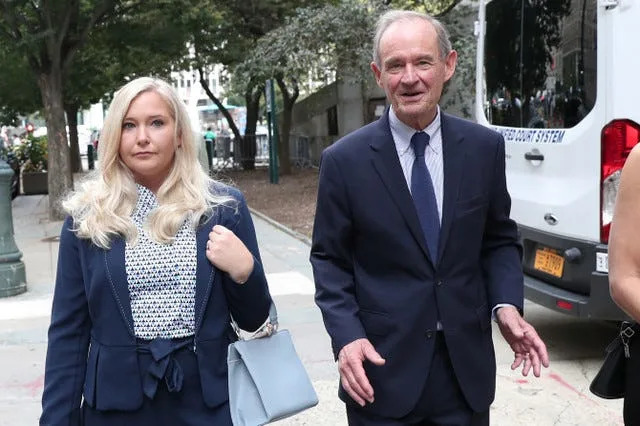
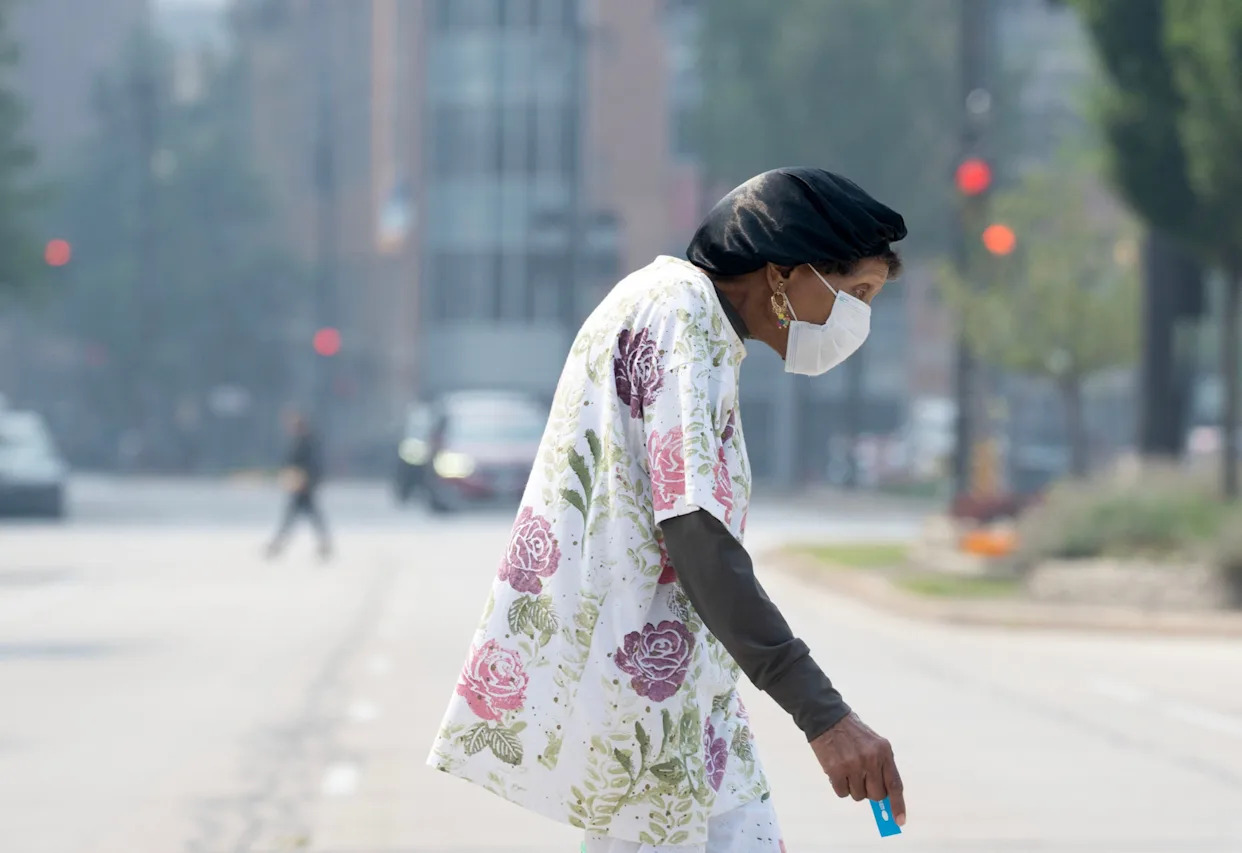

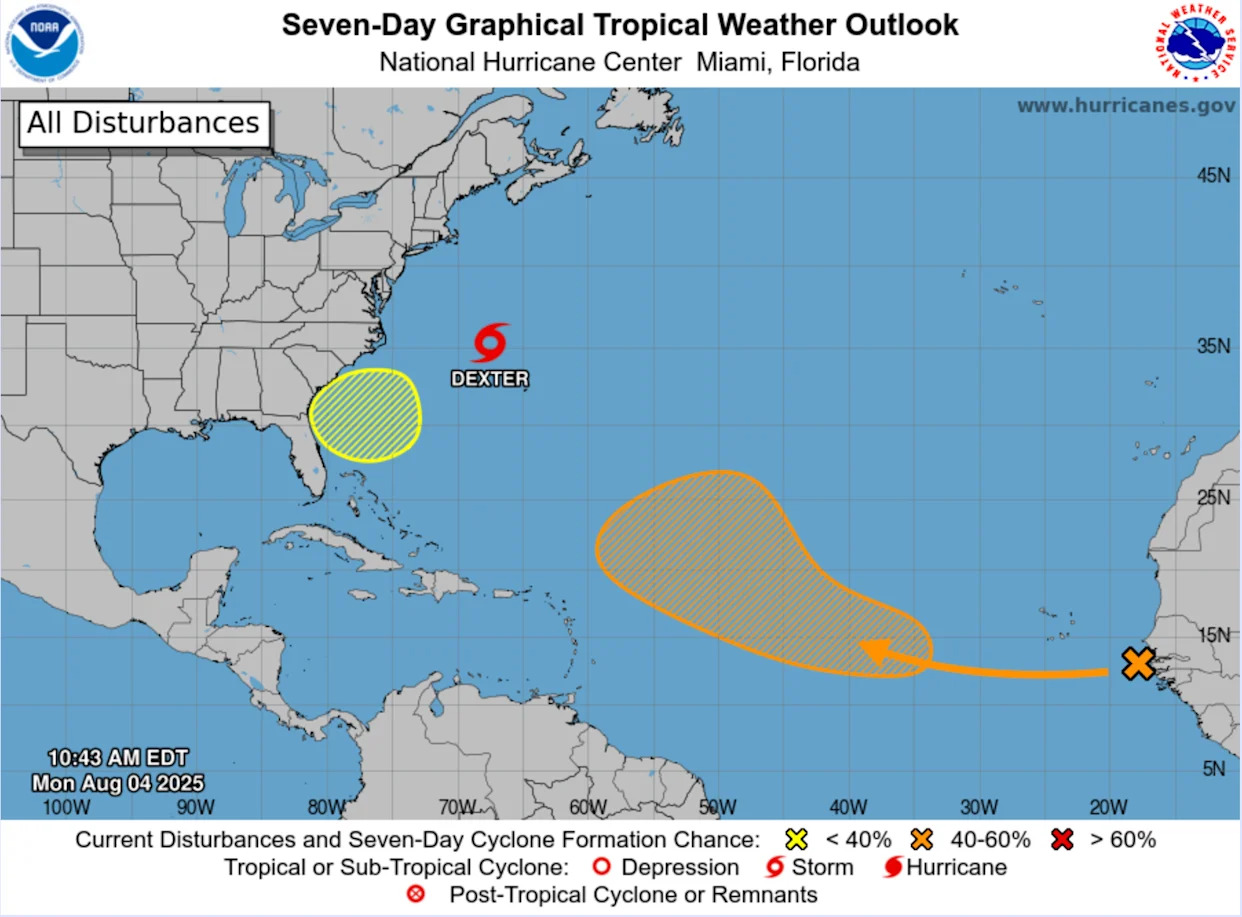

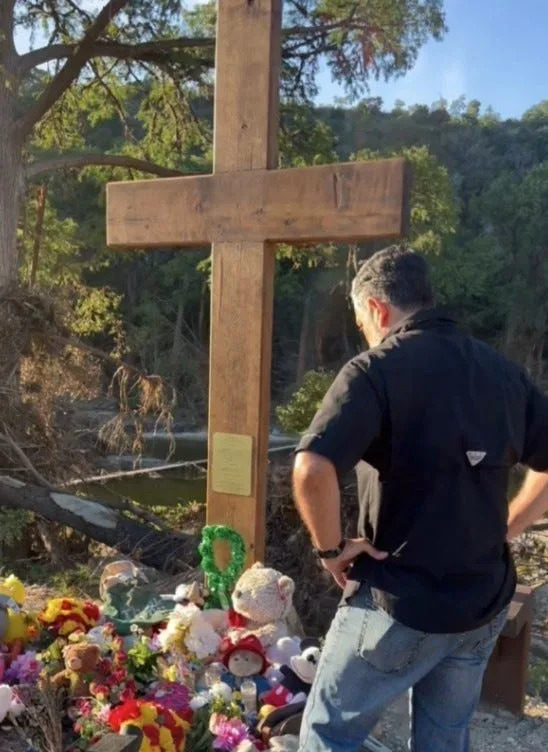
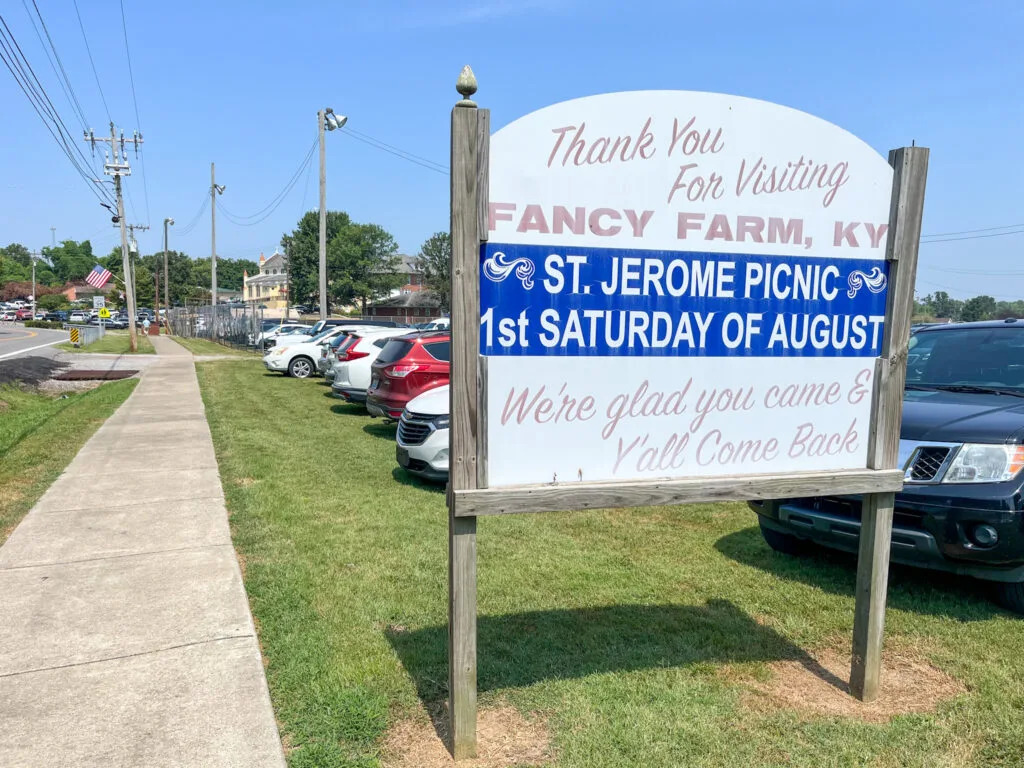
Comments